Africa’s Pre-Colonial History is Disappearing
In Africa
The true size (and age) of Africa does not reflect the number of ancient cultural infrastructure it SHOULD HAVE.
STILL, THERE ARE JUST 61 UNESCO Cultural World Heritage Sites in Africa. IN COMPARISON, THERE ARE:
- 490 in Europe & North America
- 212 in Asia and the Pacific
- 104 in Latin America & Caribbean
- 87 in Arab
- 35 in India
Africa’s precolonial past is disappearing. Here is:
How we know
The lucky who survived the Black Plague in Europe travelled to Timbuktu in Mail for an education at the world’s first university. But almost all of the attendance records have been destroyed.
We are only passionate about saving pre-colonial UNESCO sites. They are the last-standing evidence of everyday Africans early mastery of science, math, architecture, physics, engineering and construction.
We are truly, madly and deeply devoted to that period in history. Why? Because that period in time in Africa is the only place on Earth that unifies us.
The beginning of modern civilization and the answers to our humanity are all found here.
Don’t be afraid. We are taking you home.
Ancient Library of Timbuktu in Mali
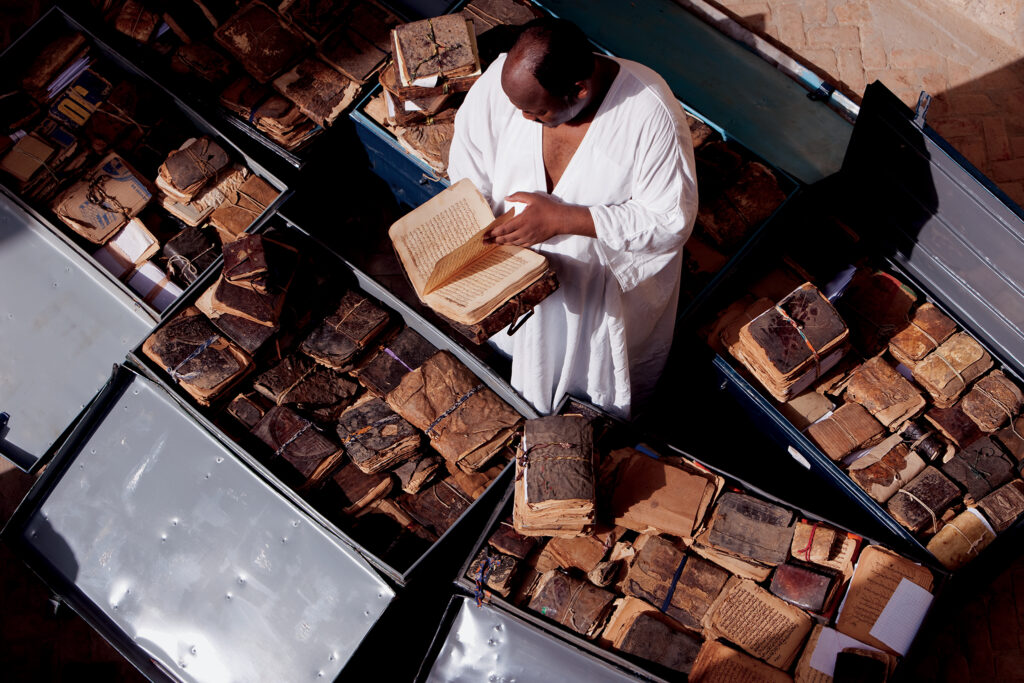
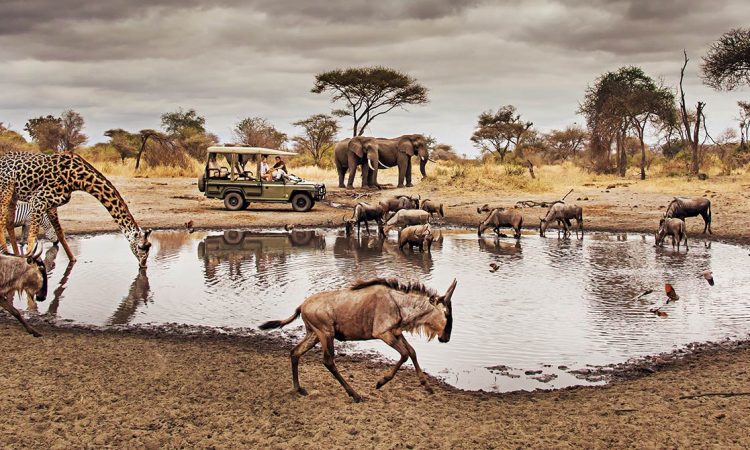
Serengeti National Park
Serengeti National Park, in northern Tanzania, is known for its massive annual migration of wildebeest and zebra.
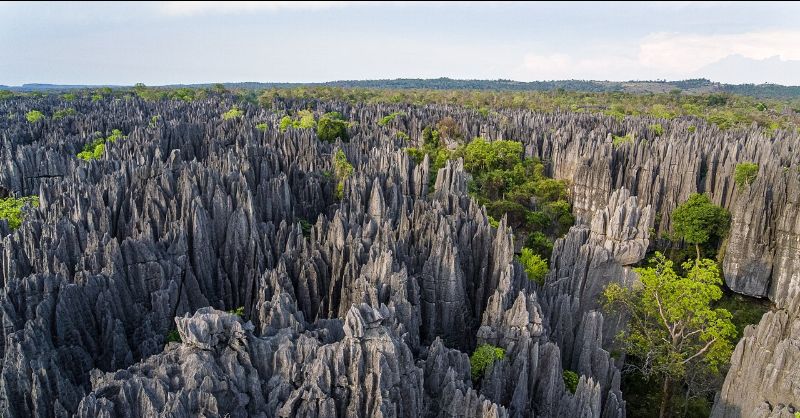
Andrefana Dry Forests
The Makira Natural Park, in northeast Madagascar, makes up the largest remaining intact humid rainforest in our special country, famous for its astounding endemic biodiversity.
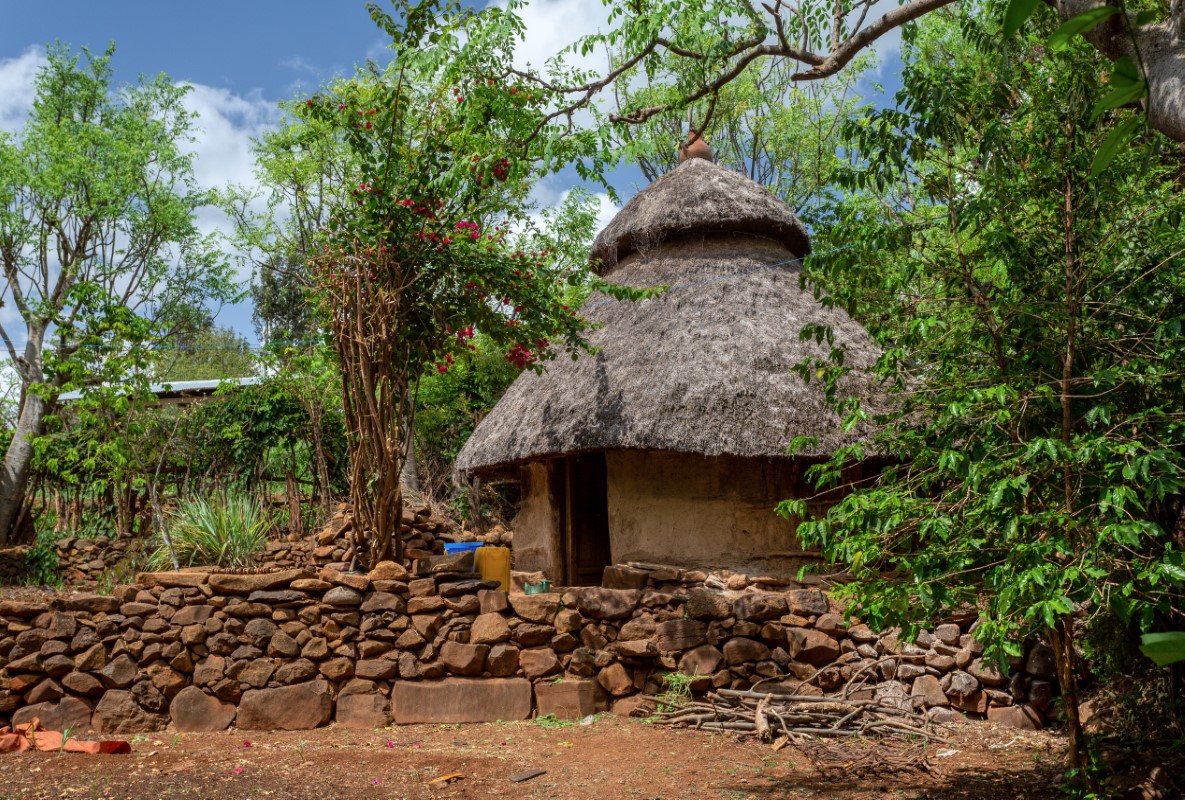
Konso Cultural Landscape
Konso Cultural Landscape is an arid property of stone walled terraces and fortified settlements in the Konso highlands of Ethiopia.
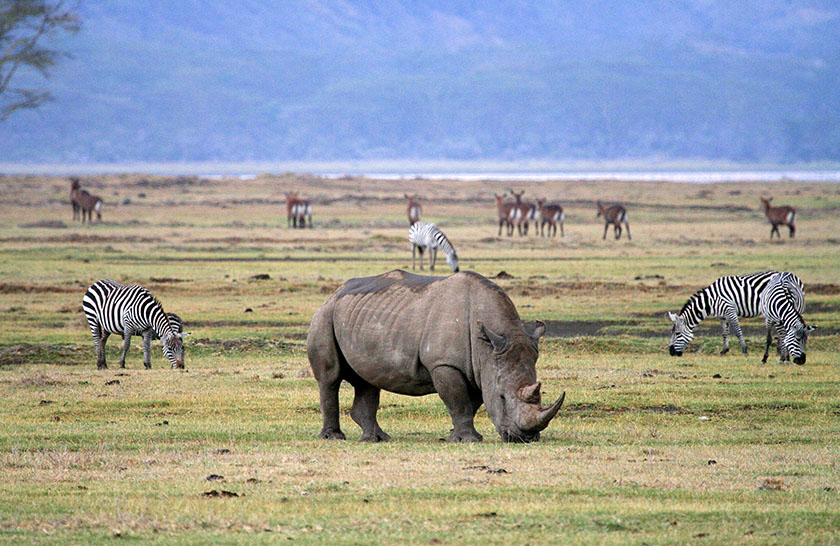
Ngorongoro Conservation Area
Is in northern Tanzania. It’s home to the vast, volcanic Ngorongoro Crater and “big 5” game (elephant, lion, leopard, buffalo, rhino).
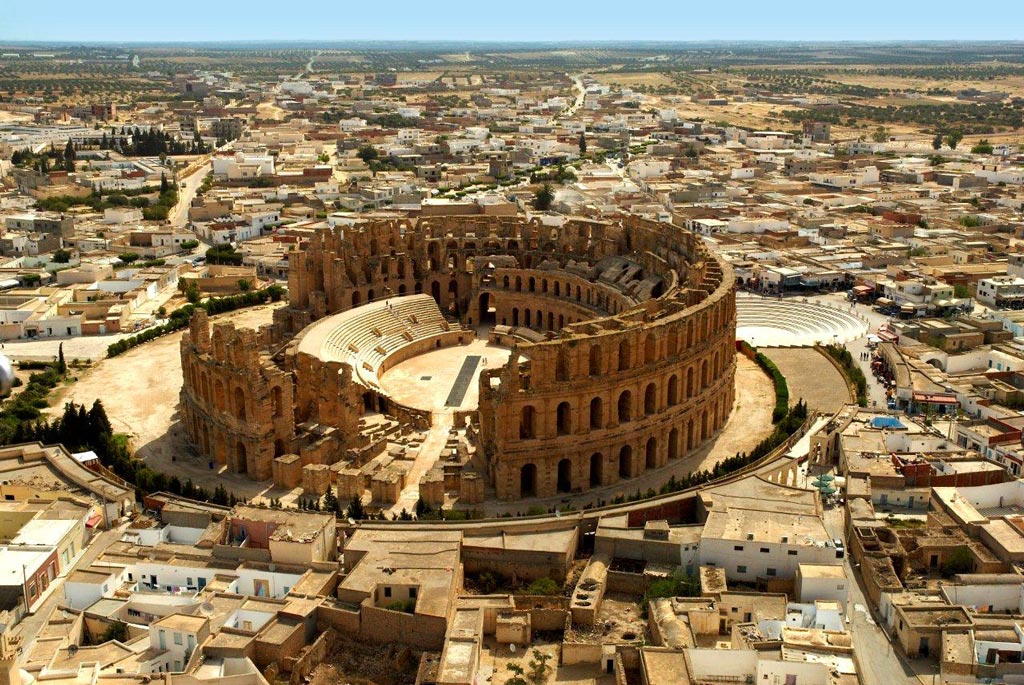
The Amphitheatre of El Jem
The Amphitheatre of El Jem is an oval amphitheatre in the modern-day city of El Djem, Tunisia, formerly Thysdrus in the Roman province of Africa.
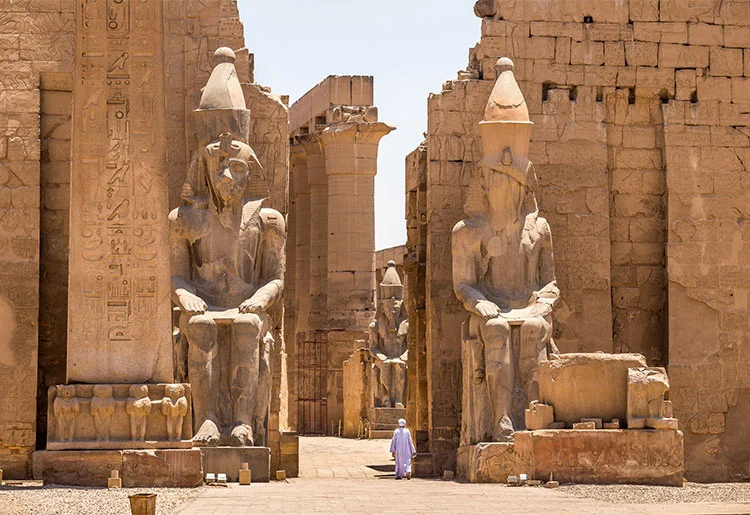
Thebes
Thebes was the main city of the fourth Upper Egyptian nome (Sceptre nome) and was the capital of Egypt for long periods during the Middle Kingdom
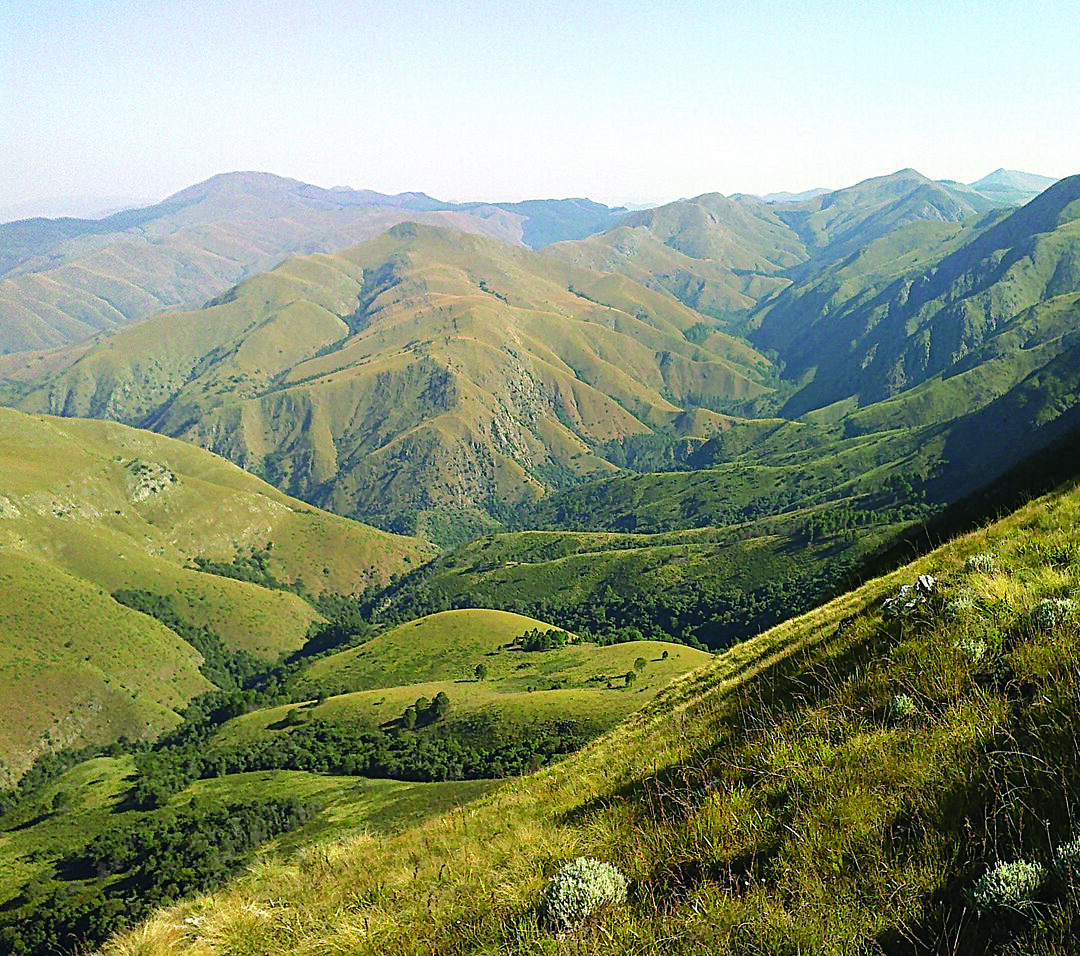
The Barberton Makhonjwa
The Barberton Makhonjwa Mountains is the only place on earth where the development of the early earth and evolution of life itself can be studied.
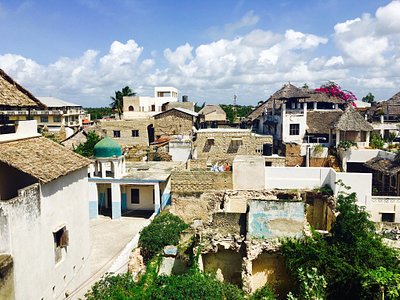
Lamu Old Town.
The best-preserved and oldest Swahili settlement in the coastal strip of East Africa with some of Kenya's most conservative societies
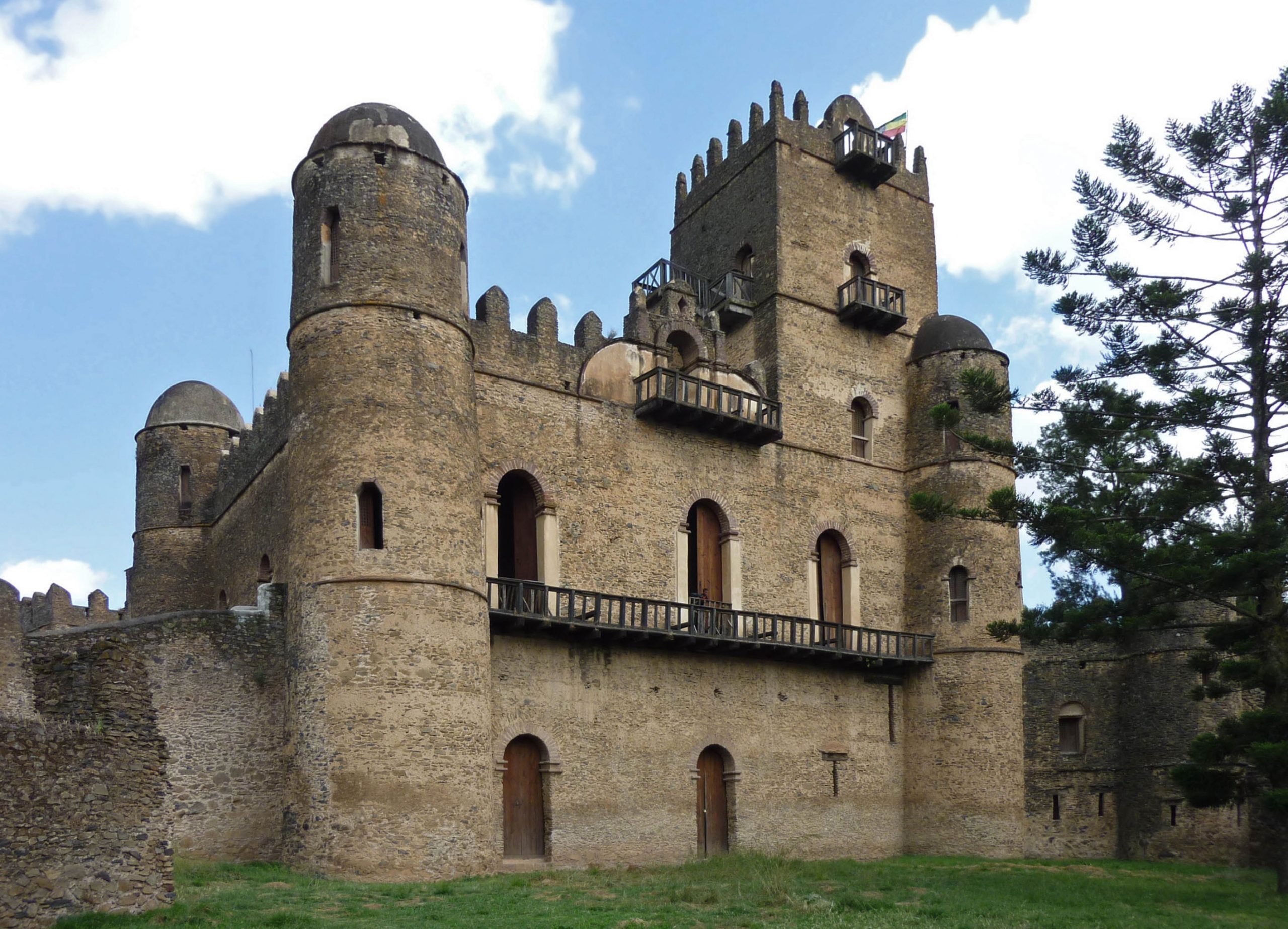
The Fasil Ghebbi
The Fasil Ghebbi is a fortress located in Gondar, Amhara Region, Ethiopia. It was founded in the 17th century by Emperor Fasilides and was the home of Ethiopian emperors.






